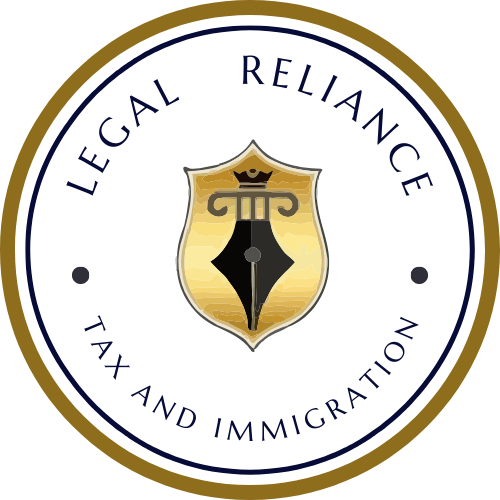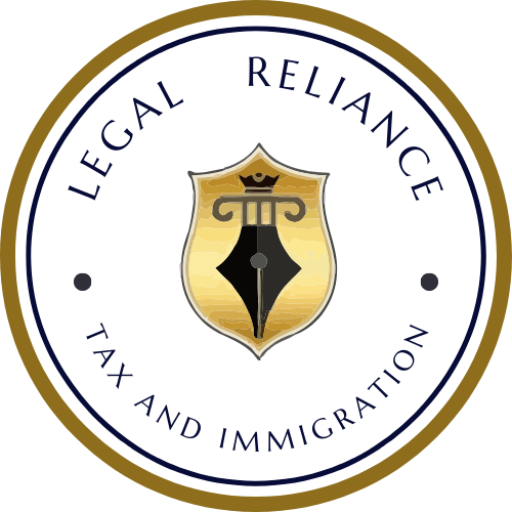Applying for a U.S. Green Card can be a complex process, and one of the most important decisions you’ll face early on is whether to pursue Adjustment of Status (AOS) or Consular Processing. While both lead to the same goal lawful permanent residency the path you choose depends on where you currently live, your immigration status, and personal circumstances. Understanding the differences between these two methods is crucial to ensuring a smooth and successful application.
What Is Adjustment of Status (AOS)?
Adjustment of Status allows individuals who are already physically present in the United States to apply for a Green Card without leaving the country. This process is handled by U.S. Citizenship and Immigration Services (USCIS) and is typically used by people who entered the U.S. legally on a valid visa such as an H-1B, F-1, or K-1 visa — and later became eligible for permanent residency.
The main advantage of AOS is convenience. While the application is pending, you can remain in the U.S., apply for a work permit (EAD), and request advance parole for international travel. This allows applicants to continue working and living normally while their Green Card is being processed.
However, AOS can be time-consuming, often taking 8 to 14 months depending on USCIS workload and local field office processing times. Applicants must also attend a biometrics appointment and an in-person interview at a USCIS office before approval.
What Is Consular Processing?
Consular Processing, on the other hand, is for applicants who are outside the United States. After an immigrant petition — such as Form I-130 (for family-based) or I-140 (for employment-based) — is approved, the case is forwarded to the National Visa Center (NVC). The applicant then completes Form DS-260 and attends an interview at a U.S. Embassy or Consulate in their home country.
This method is generally faster than Adjustment of Status, with most cases processed within 6 to 12 months. Once approved, the applicant receives an immigrant visa and can enter the United States as a lawful permanent resident.
However, unlike AOS, you cannot live or work in the U.S. while the case is pending. You must wait abroad until the visa is issued, and any errors in documentation or background checks can cause significant delays.
Key Differences Between AOS and Consular Processing
| Factor | Adjustment of Status | Consular Processing |
|---|---|---|
| Location | Inside the U.S. | Outside the U.S. |
| Agency Handling | USCIS | U.S. Consulate or Embassy |
| Forms Used | Form I-485 | Form DS-260 |
| Work Authorization | Available (EAD) | Not available until arrival |
| Interview | Conducted at USCIS field office | Conducted at U.S. Consulate |
| Processing Time | 8–14 months on average | 6–12 months on average |
| Travel During Process | Requires Advance Parole | Free to travel before interview |
| Risk Level | Lower – applicant remains in U.S. | Higher – must travel abroad |
| Best For | Those lawfully in the U.S. | Applicants living abroad |
The decision between Adjustment of Status and Consular Processing largely depends on your current location and visa status.
- If you are already in the United States on a valid visa and wish to stay while your case is reviewed, Adjustment of Status offers flexibility and security.
- If you are living abroad, Consular Processing is your only option. It’s generally quicker but requires you to attend a visa interview outside the U.S.
For those with complex cases such as prior visa overstays, entry without inspection, or inadmissibility issues it’s wise to consult an experienced immigration attorney before choosing your path.
Conclusion
Both Adjustment of Status and Consular Processing lead to the same destination: a U.S. Green Card and the right to live and work permanently in the United States. The key is understanding which process aligns best with your situation. By carefully evaluating your eligibility, travel needs, and timeline, you can take the right steps toward achieving permanent residency and building your future in America.








